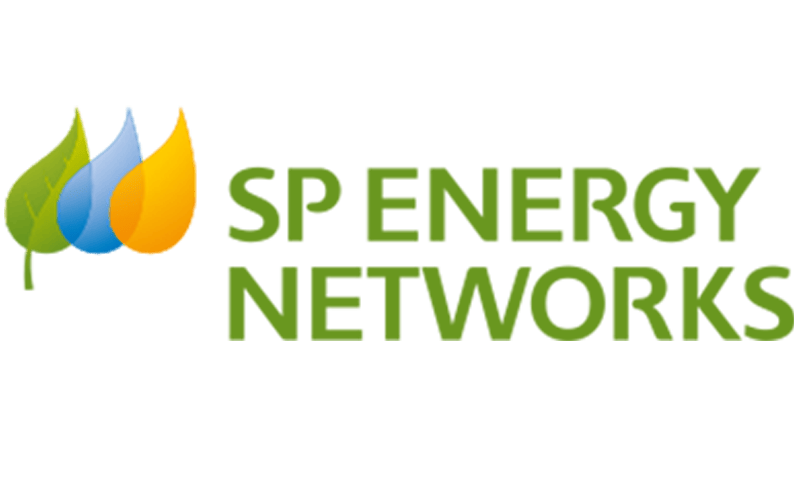
We are excited to see how artificial intelligence within Grid Vision Inspect can help us identify defects that are not possible with ground inspections. The transition of our inspection process to virtual inspections will improve our overhead line asset data records and help to build greater network resilience
Virtual OHL Inspections Utilizing Artificial Intelligence Recognition
-
The Opportunity
Todays’ overhead line (OHL) inspection process is a largely manual and labor-intensive activity that is limited by the time it takes to walk the lines on foot. Accurate and timely inspections of assets to detect defects are central in network resilience and for future planning. Resources dedicated to inspections contribute to carbon footprint and cost.
-
The Solution
To explore the coverage and benefits of utilizing images captured by drones and Grid Vision for virtual network inspections on a section of the network.
The inspection focused on defects such as broken insulators and cracked poles to be identified through Artificial Intelligence (AI) within Grid Vision. These types of defects are often not observable by foot patrol from the ground. In addition, the AI within Grid Vision was trained to identify a new defect type ‘missing danger plate’.
-
Benefits
- Increased defect detection – The aerial inspection enabled more defects to be detected around the top part of the pole.
- Automation – AI supported the user to find defects today and with new AI models being developed an increasing share of the defects will be detected automatically in the future.
- Driving efficiencies – Full documentation and transparency of defects enables increased collaboration across departments.
- Standardized conditional assessment – The aim is that Grid Vision will enable workflow efficiencies with the standardization and digitization of the condition observations of the assets for future condition analysis.
Start your journey with us today!




